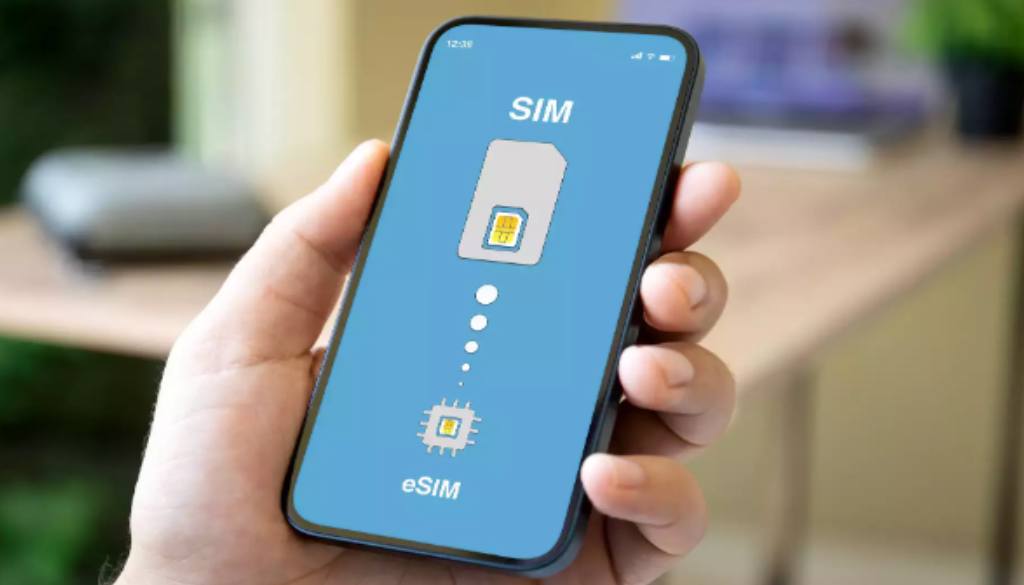eSIM vs Physical SIM: Which Option Is Best for You?

Pune, 6th July 2024: If you’re considering upgrading your phone and have the option of an embedded SIM (eSIM), you might wonder if it’s the right choice. Both eSIMs and physical SIM cards have their advantages and drawbacks. While physical SIM cards have been the standard, eSIMs are rapidly gaining popularity. This report compares both options to help you make an informed decision about which is best for your needs.
In today’s fast-paced, connected world, having a mobile phone is essential. Physical SIM cards, which are small chips that connect you to your carrier’s network, have been the industry standard. They are easy to swap between devices, allowing for quick changes, especially when traveling. However, physical SIMs can be lost or damaged easily, and changing carriers often requires obtaining a new SIM, which can be time-consuming.
On the other hand, eSIMs are virtual SIM cards that can be set up using a Wi-Fi connection, provided you have a compatible phone. An eSIM is embedded in the phone, eliminating the hassle of frequently removing it. Switching carriers with an eSIM is easier, as you can directly download a new carrier profile onto your device. Some eSIM-enabled devices even allow multiple carrier profiles, making it convenient to switch based on signal strength or data plans while traveling. From a security perspective, eSIMs are better because they are harder to lose or steal compared to physical SIMs.
Despite these advantages, eSIM technology is still new, and not all devices support it yet. This limits its accessibility, but it holds promise for the future. Removing the physical SIM card slot also helps manufacturers create sleeker phone designs and add other features.








